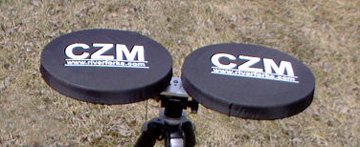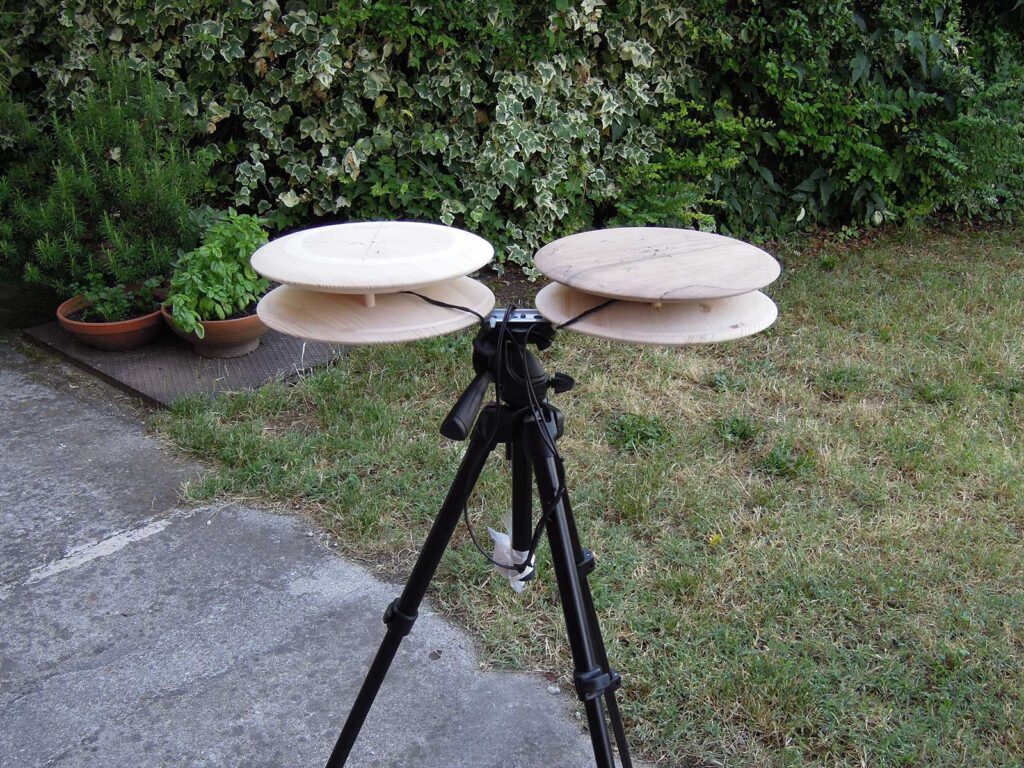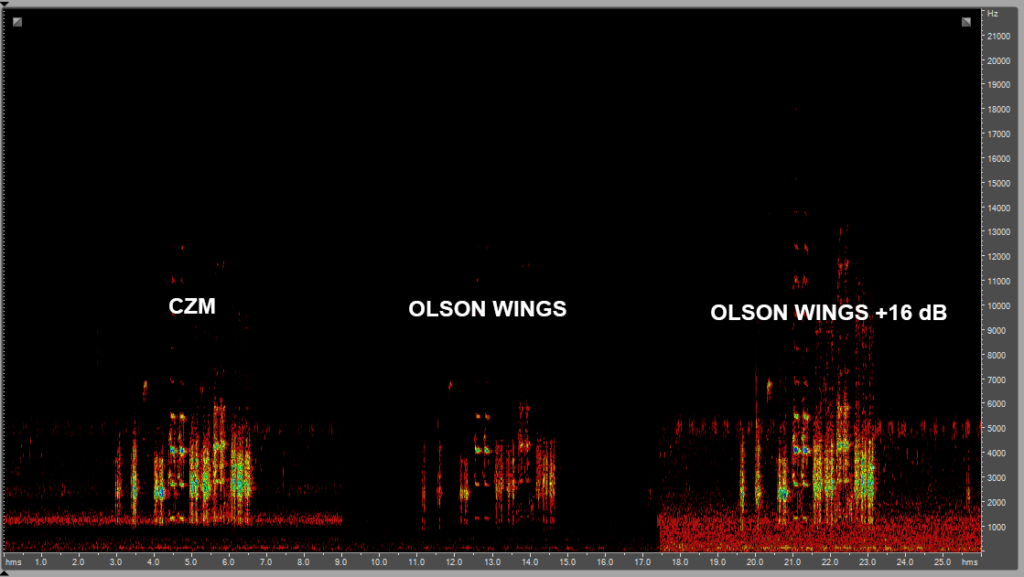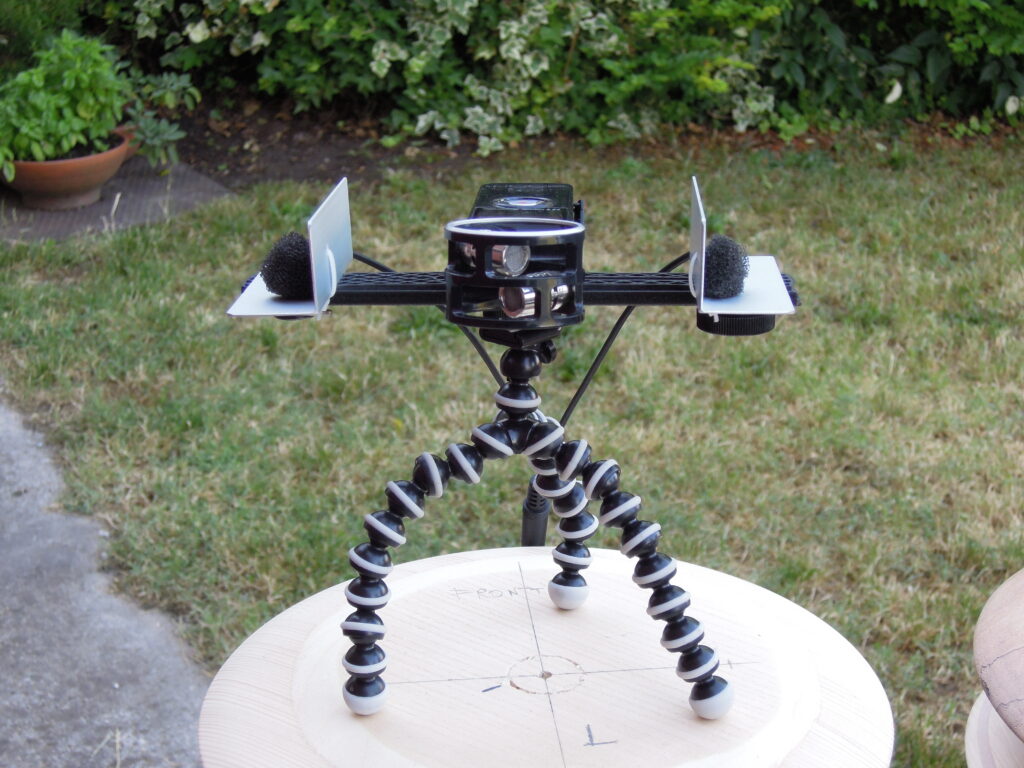CZM type Microphone
Reading Time: 3 minutes
http://www.riverforks.com/content/products/czmproduct.php
A few years ago, I was very intrigued by this microphone system. It promised the same gain as using six parabolic microphones arranged on 360 degrees in a radial direction. The CZM offers a gain similar to a parabola but in all directions. It also provides some directionality on the vertical plane, but on this aspect we will have to test it.
I must say that I was curious, but the temptation to buy was primarily held back by the selling price, then also because I had not found user reviews of this product. I had only read some work published by the inventors of this system.
http://www.riverforks.com/docs/AcousticSurveysofBirdsUsinganOmnidirectionalMicrophone_000.pdf
Well, the only alternative was to try to build this microphone system myself … and so it was!
In the CZM, they used a 6 mm Panasonic WM-61a capsule
http://www.riverforks.com/content/products/technical.php
in my handcrafted version, I used the 10 mm Primo EM 172 omnidirectional capsules (recently replaced by the EM 272 model).
I made both a stereo version and a mono version.

And now, the test of this CZM DIY system!
The first recording was the song of a nightjar with the background of the great green bush-cricket song.
At first, the sound seems to be metallic, too much for a song like that of the nightjar, not so much for that of the great green bush-cricket song.
I would say that this first test demonstrates that the CZM considerably amplifies the high frequencies, similar to what happens using a parabolic microphone.
Then, I also compared a system, always self-made, which includes the same microphone Primo EM 172 capsules, but without any mechanical signal amplification system, and these are the results:

What can I say about this microphone system?
First of all, the low frequencies are penalized (as it happens using a parabolic reflector). Also, there is a strange “presence” at around 1200 Hz. The resulting sound is, in my opinion, too much metallic.
On the other hand, for uses where audio quality is less important, this CZM system is worth considering for specific uses where some signal gain is useful despite the unbalanced frequency response, e.g. for censusing purposes. Imagine: instead of a set of six parabolic microphones arranged in arrays that cover all 360 degrees of a listening point, to have a single and more compact device. Not so bad at all!
PS Obviously, these results refer to the system I built; not having had the opportunity to try the original CZM system, far be it from me to assert that it has the same type of signal I obtained with my DIY system.


Commenti recenti